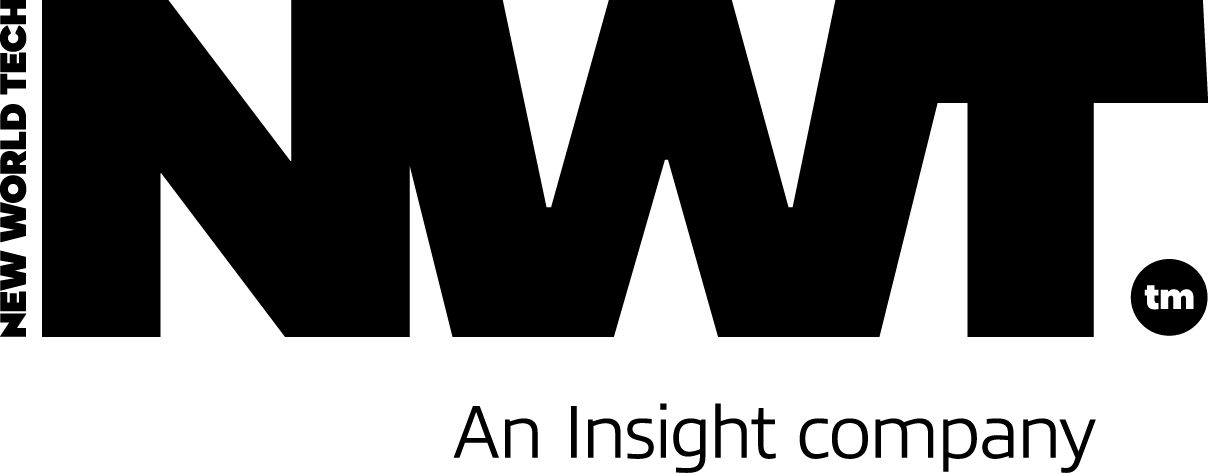How to optimise IT Cloud?

As a method of online data storage and application access, cloud computing has grown in popularity over the past few years. Businesses can benefit from a variety of things thanks to the IT cloud, such as lower expenses, more scalability, and greater flexibility. However, optimising IT cloud infrastructure can be difficult, particularly for companies without the necessary technical know-how. In this blog post, we’ll look at and answer: How to optimise IT Cloud? and making sure your organisation benefits from this potent technology.
Select the best cloud provider
Selecting the appropriate cloud provider is one of the most crucial choices you will make when shifting to the cloud. It’s important to do your homework and select the cloud provider that best suits your organisation’s demands because different cloud providers offer different services and price structures. When selecting a cloud service, take into account elements like security, scalability, support, and cost. NWT has worked with many organisations over the last seven years to ensure they are using and benefiting from the cloud provider that suits them.
Tracking cloud performance
To make sure that your IT cloud is operating at peak efficiency, monitoring cloud performance is essential. You must be aware of the functionality and suitability of your applications and services for your company’s demands. You can track performance parameters like CPU utilisation, memory consumption, and network latency with the aid of cloud monitoring tools. With the help of this data, you can spot performance problems and take action to fix them before they have an impact on your company.
Improve Cloud Security
When it comes to IT cloud optimisation, security is a crucial factor. The risk of cyber-attacks rises as more organisations migrate their data and applications to the cloud. You must have strong security measures in place, such as firewalls, intrusion detection and prevention systems, and encryption, to safeguard your company from these risks. The use of strong passwords and refraining from disclosing sensitive information are only a couple of the best practises for cloud security that you should make sure your staff members are trained in.
Employ automation
By requiring less time and effort to manage, automation can help you answer the question How to optimise IT cloud. You can automate repetitive processes like backups, updates, and patching. This allows your IT team to concentrate on more strategic activities and guarantees that your IT cloud is always secure and up to date.
Utilise analytics
Analytics can offer insightful information on the operation of your IT cloud and suggest areas for improvement. You can pinpoint trends and patterns that can aid in the optimisation of your cloud infrastructure by gathering and analysing data on application usage, resource utilisation, and performance. By optimising resource allocation or identifying applications that are no longer in use, analytics can also assist you in identifying areas where you can cut expenditures.
Optimally Allocating Resources
Another crucial element in IT cloud optimisation is resource allocation optimisation. To avoid spending money on unused resources, you must make sure that your cloud resources are being utilised effectively. You can optimise resource allocation and cut expenses by keeping track of resource usage and identifying places where resources are being underutilised. To make sure that your apps and services always have the resources they require, you can also utilise tools like auto-scaling to dynamically alter resource allocation based on demand.
Ensure High Availability
High availability is essential for making sure that your users can always access your IT cloud. You must make sure that your cloud infrastructure is built with redundancy and failover capabilities if you want to achieve high availability. To ensure that your applications and services continue to be accessible even in the case of a loss, this calls for having numerous servers and data centres in addition to backup solutions.
Why NWT?
NWT can assist you in running your current traditional IT more effectively while constructing a bridge to a new hybrid IT environment by employing industry knowledge in critical infrastructure technologies. Our service portfolio and innovation strategy are directly in line with the requirements of the wide range of applications and data being used today, which call for various migration and delivery models to provide related business consequences.
For businesses wishing to adopt Azure and AWS’s public cloud services, NWT offers a variety of services, including transferring your current on-premises Windows server workloads to your new platform. Take advantage of the cloud’s evergreen advantages with the help of our one-stop buying solution.


